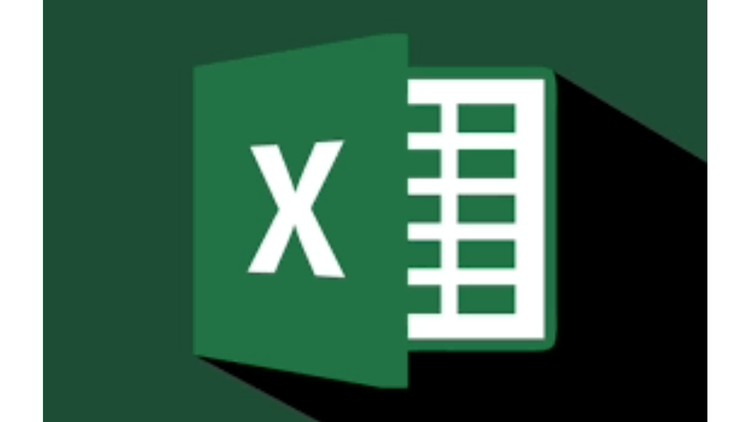Excel with Excel: Combining, Reordering and Analysis of Data
Step By Step Guide to Get familiar and become an expertise with Microsoft Excel 2021
4.29 (36 reviews)

1,993
students
1.5 hours
content
Oct 2023
last update
FREE
regular price
What you will learn
Use Excel 2021 Efficiently
Get a more better picture of the frequently used Functions in MS Excel
Work With all kinds of data with ease
Capable to use MS Excel in their workplace with more proficiency
5617358
udemy ID
10/19/2023
course created date
10/28/2023
course indexed date
Bot
course submited by